
Of all the cakes in the modern world, the cheesecake is one that has stood the test of time. In fact, somewhere along its history that dates way back to ancient Greece circa 2000 BC, it was believed to be served to athletes during the first Olympic Games for energy. (Makes us wonder what they’re serving at the ongoing Tokyo Olympic Games right now.)
The original Greek cheesecake was made up of four main ingredients—wheat, flour, honey, and cheese—which were formed using moulds and baked in wood-fire ovens. Over time, and globalisation, however, there have come to be many different interpretations of cheesecake, varying from the ingredients to the flavour and texture.
In conjunction with International Cheesecake Day on July 30, get to know 10 different types of cheesecake from around the world and what makes them unique.
New York Cheesecake (USA)

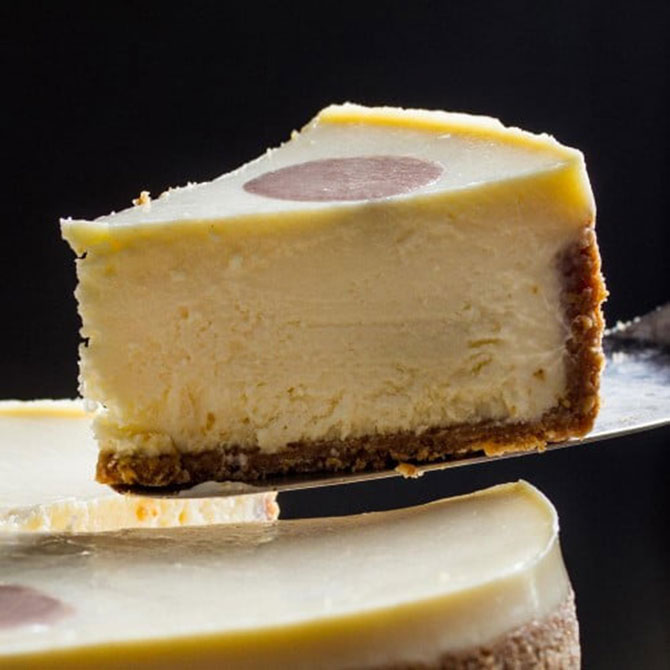
The United States alone accounts for three of the entries on this list. Starting with the most popular of them all, we have the New York cheesecake. This style of cheesecake is known for its ultra-dense, firm and rich consistency, owing to a combination of cream cheese, egg yolks, eggs, sugar, and heavy cream. It also features a graham cracker base that adds a slight crunch to its otherwise smooth texture.
What sets it apart from the original cheesecake is the addition of cream cheese, which is often accredited to a man named Arnold Reuben in the 19th century. He was allegedly famous for his sandwiches, but invented the New York-style cheesecake by chance after experimenting with a cheese pie recipe. Over a century on, its popularity has spread not only across the country, but the world over.
Philadephia Cheesecake (USA)

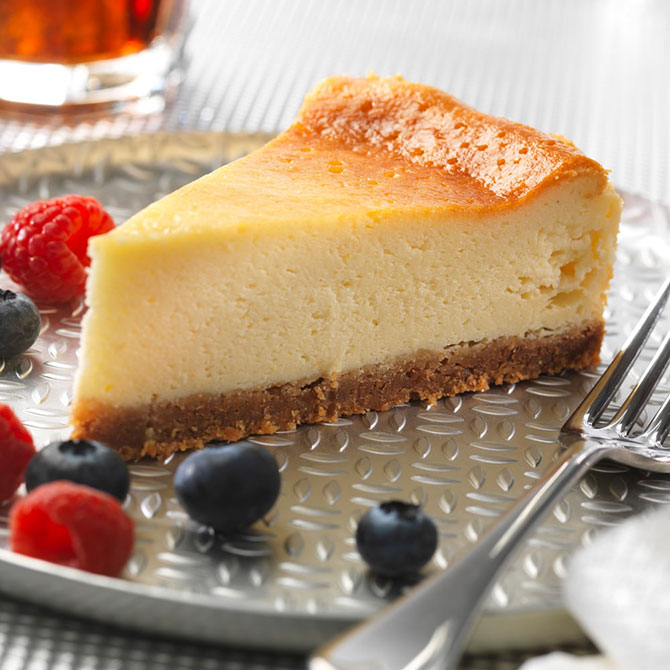
Philadephia cheesecake, aka Philly cheesecake, is lighter, silkier, and creamier than its New York cousin. One may think this style has something to do with the city, but its namesake actually stems from the Philadelphia cream cheese brand—which naturally constitutes the key ingredient in this style of cheesecake. (Ironically, Philadelphia Cream Cheese was invented in New York, but earned its name due to a marketing strategy.)
The fresh, mild flavour of this brand of cream cheese distinguishes the two cheesecakes, but other than that, they’re quite similar—with both featuring a crust made of graham cracker or digestive biscuit crumbs.
Chicago Cheesecake (USA)

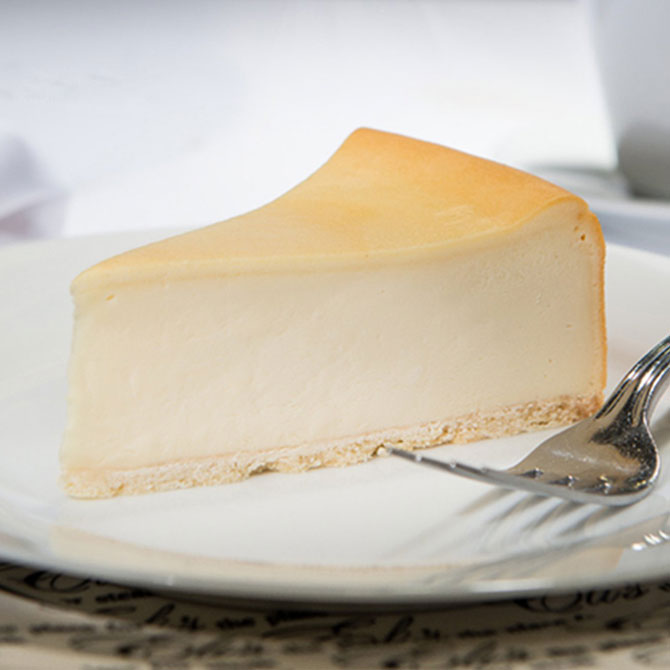
Chicago cheesecake is slightly more nuanced, with its origin linked to restauranteur Eli Schulman. In his attempt to perfect his steakhouse’s cheesecake recipe, he found success in adding sour cream to the mix of slow-cultured cream cheese, whole eggs, egg yolks, sour cream, sugar, and vanilla extract. This led to a unique consistency that was firm on the outside, but soft and creamy on the inside.
Besides that, it features a shortbread crust instead of biscuit crumbs for the base. His creation debuted at the inaugural Taste of Chicago in 1980 and eventually became eponymous with the city’s cheesecake style.
Japanese/cotton/souffle cheesecake (Japan)

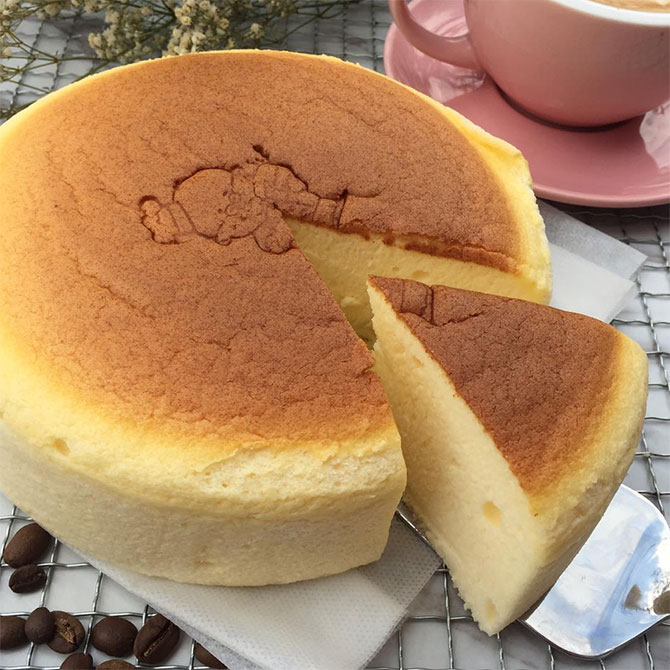
Right off the bat, Japanese cheesecake is easily set apart by its texture. It has a soft, fluffy consistency that can be likened to a souffle, hence why it’s sometimes called “cotton” or “souffle” cheesecake. This is because the egg whites and yolks are whipped separately, like a chiffon cake, before they’re cooked in a bain-marie (hot water bath). The rest of the ingredients are standard, although it’s lighter on the sugar than others and is made without a crust.
Since cheese isn’t a staple ingredient in Japan, you may be wondering how it gained popularity. Some accounts say American soldiers brought cheesecake to Japan after World War II, along with imports like cream cheese. However, it wasn’t commercialised until confectionery king Tomotaro Kuzuno discovered käsekuchen (German cheesecake) on his trip to Berlin in 1969. After that, Rikuro Ojisan, a chain bakery from Osaka, was responsible for spreading the characteristic airy, souffle-style Japanese cheesecake.
Käsekuchen (Germany)

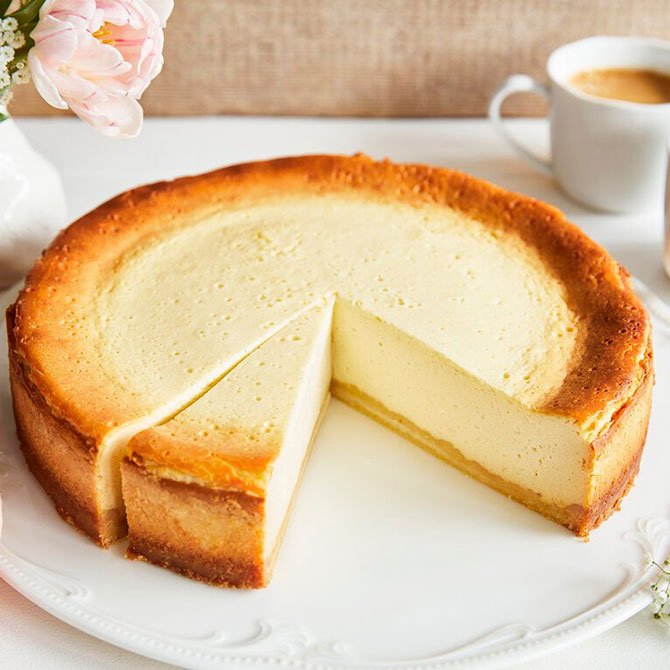
Speaking of käsekuchen, this German version of cheesecake has a long history that dates back to the Roman era in 2000 BC, but only began growing in popularity in the 17th century. It is defined by a light, fluffy texture, and particularly its use of quark cheese. Compared to cream cheese, quark is fresh and unripened with a small curd.
It’s mixed with eggs, milk, and sugar and traditionally baked with a dough crust, although shortbread crust is also common today. Some recipes may substitute quark with cottage cheese, but purists believe quark is essential to its identity.
Sernik (Poland)

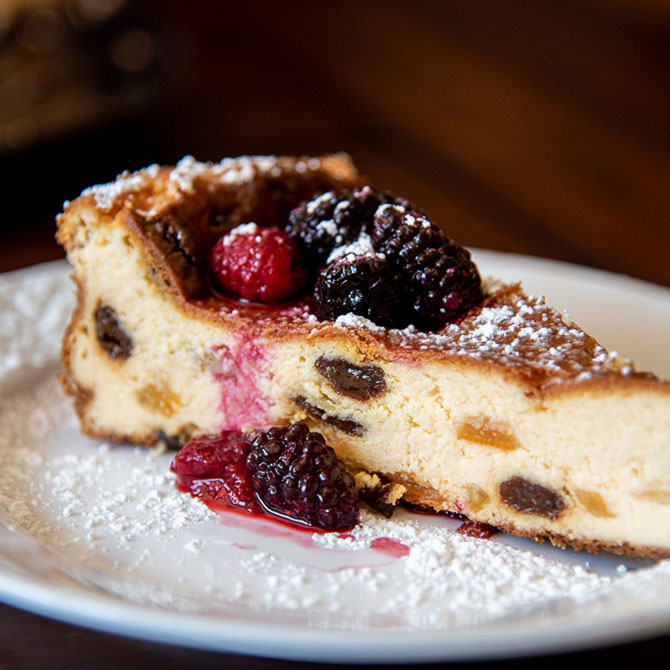
Polish cheesecake is locally known as Sernik (pronounced sehr-neek) and stems from Christian and Jewish traditions. It is believed to be originated from the 17th century, when King Jan III Sobieski brought the recipe home after his victory against the Turks at the Battle of Vienna in 1683.
Sernik is made with eggs, sugar, and twarog—a type of fresh curd cheese that has been used to make Polish desserts for years. It has a light and slightly grainy texture, and often includes additional fillings such as raisins, chocolate, or fruits.
Basque burnt cheesecake (Spain)

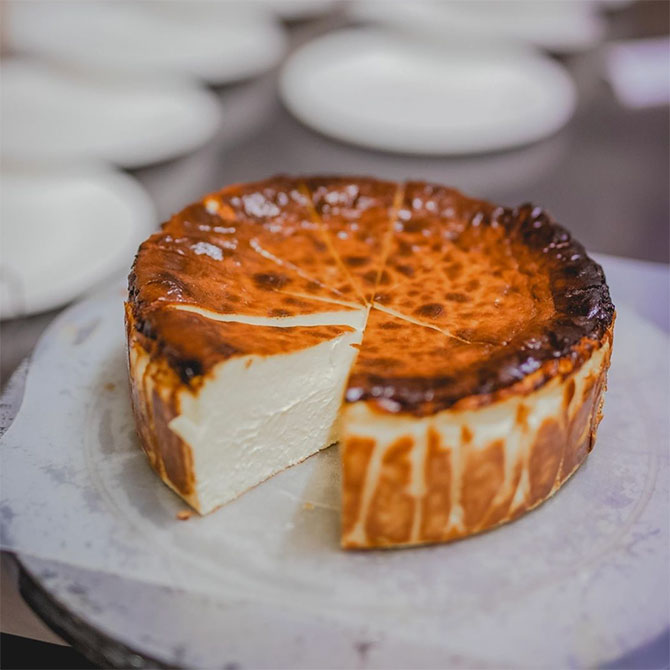
Burnt cheesecakes have taken over the spotlight for several years now, at least around here in Malaysia. We have the Spanish to thank for this Basque-style cheesecake that’s well-loved for its intentionally burnt, caramelised crust, and gooey centre. It’s also known as ‘gazta tarta’, invented and popularised by one Santiago Rivera, owner of San Sebastian pintxos café La Viña.
Rivera’s original recipe is said to be made with San Millan cream cheese—a slightly saltier version than the popular Philadelphia brand. It’s blended with eggs, sugar, and heavy cream and baked at a high temperature of around 200°C until the top of the cheesecake is dark brown but the middle still jiggles. It is then cooled in the refrigerator for several hours before serving, giving it a bittersweet crusty exterior yet creamy, molten middle.
Fiadone (France)

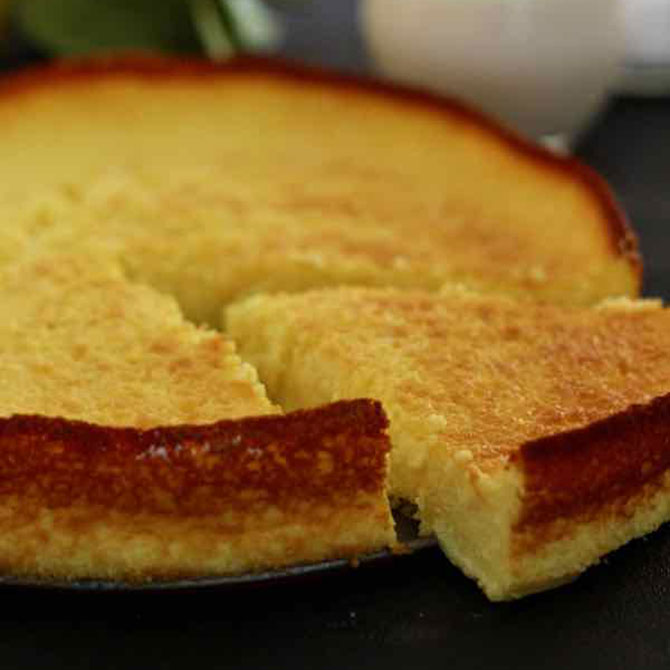
Fiadone earns its name from the Italian word for flan, although it’s more of a flourless cake than a custard. It’s also often referred to as the Corsican take on cheesecake—originating from Corsica, the island between France and Italy. Once reserved for holiday seasons or weddings, fiadone can now be enjoyed throughout the year.
It’s made using brocciu, a type of whey cheese derived from sheep’s or goat’s milk, as well as a mix of eggs, sugar, lemon zest, and lemon juice. This unique combination gives it a citrusy twist that is sometimes fortified with brandy. It is typically thinner than most cheesecakes, with a crisp, buttery exterior and crumbly texture.
Ricotta Cheesecake (Italy)

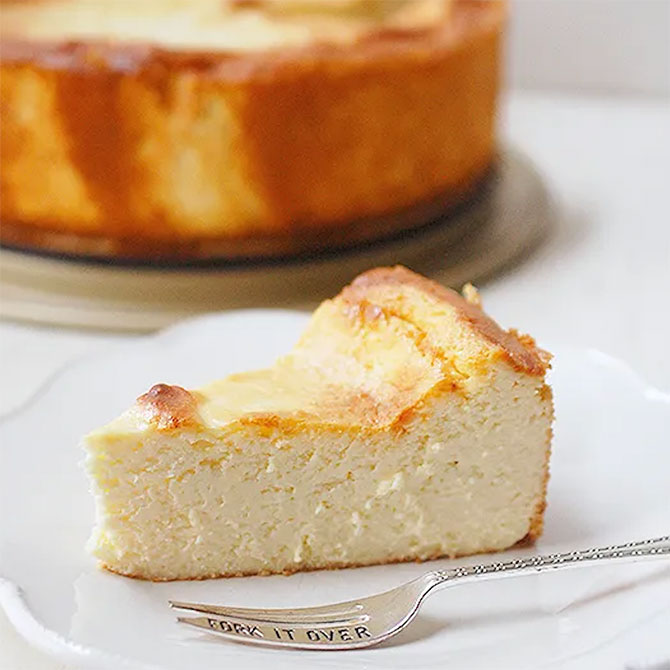
Cheese is indispensable in Italian cuisine, so it’s no surprise that Italian cheesecake dates a long way back to ancient Roman history. Traditionally, it was made from honey, ricotta, and flour, and shaped into bread for baking. Some recipes may include bay leaves.
Modern-day Italian cheesecakes use ricotta and/or mascarpone, so it’s more commonly dubbed as Ricotta cheesecake. This cheese produces a drier and slightly granular texture, but it is sometimes mixed with milk to get a creamier finish.
Swedish Ostkaka (Sweden)

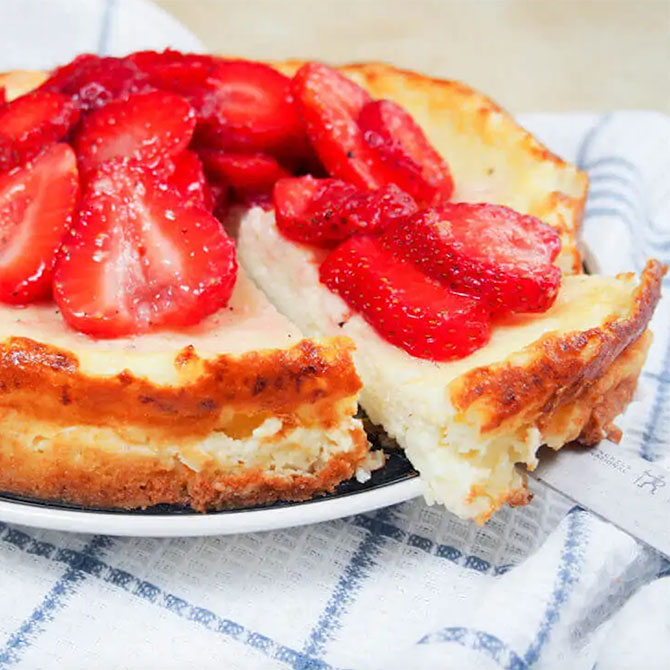
Ostkaka (literally translated to mean cheesecake) originates from Småland, a southern province in central Sweden. Early records of the dessert date as far back as 1538, where it was seen as a status symbol. Since then, it has been passed on from generation to generation and served during special celebrations.
It’s made by adding rennet to milk to form a small curd, which can be substituted with cottage cheese for convenience. The recipe also includes a combination of cream, sugar, eggs, almond, and bitter almond. It is then baked without a crust and is traditionally served warm with whipped cream and jam.
For more on desserts, head over here.
| SHARE THE STORY | |
| Explore More |




